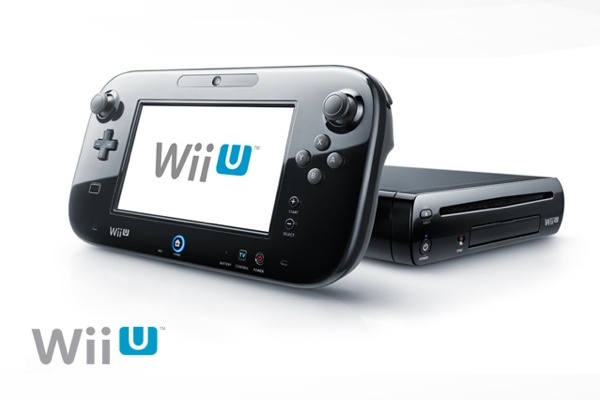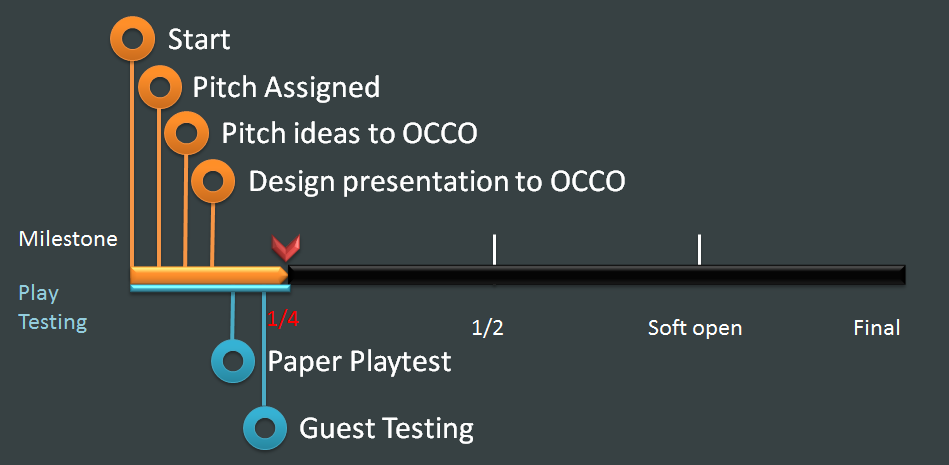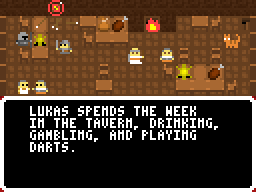One topic that came up very early in our research process was Nintendo’s Wii U. The new console (set to release in November) prominently features a large touch screen in the controller, which enables two-screen gaming in the living room. A handful of launch titles are already being advertised, and we’ve been taking a look at how they are using the second screen.
We’ve watched gameplay trailers for ZombiU and Arkham City (trailers may contain mature content). What we’ve seen are a few common categories of interaction with the second screen.
- Mini-map: This is something we’ve seen on the DS quite a bit. It frees up some screen space, but doesn’t add much to gameplay.
- Inventory: It’s fairly common to use the second screen to host menus, which is appropriate for a touch interface. This also allows the player to pull up menus without pausing the game. Usually this would create a divided attention problem, but it’s used to great effect in ZombiU to create a tense situation.
- Look-thru: Several games have demoed a kind of augmented reality where the player holds the gamepad up and “looks through it” to get an alternate view of the TV. This is used for sniper rifles, or scanner views like Metroid Prime’s different visors. This has some potential, but curiously it’s kind of like having one screen again.
- Alternate perspectives: This is a variant on the Inventory interaction, but it feels different. There’s a great moment in the ZombiU trailer when the player is trying to enter a code on a keypad. The keypad comes up on the touch screen, but the TV view reverses to show the slowly approaching zombies. It gives the player useful ambient information on the secondary screen (in this case, the TV) that also increases the tension.
These interactions are interesting, but not as diverse as we expected. We’re wondering what other two-screen interactions will arise during the console’s lifetime.
We also did a quick comparison of the Wii U’s capabilities vs. a phone+TV setup.
Form Factor
Wii U wins this one – their gamepad is designed to be held in two hands for long sessions, where phones are not.
Dual Screens
Wii U’s screen looks pretty good, but it will be hard-pressed to rival recent phones and tablets.
Touch Control
Hard to judge before the system is released, but touch control has gotten very good on phones, and is also very software-dependent. Availability of a stylus might be an advantage of Wii U, but some tablets come with a stylus too.
Front-facing camera and mic
Phones are likely to have better quality.
Multiplayer
This is a major bottleneck for Wii U. It sounds like the system will only support one gamepad with touchscreen at launch (maybe a maximum of two eventually), but in theory we could connect up any number of phones and tablets for multiplayer. This difference is one reason we opted to create a multiplayer game.
That’s what we think about Wii U. We hope to set our game apart with its multiplayer that requires many screens, and a more unique use of the phone’s capabilities.



